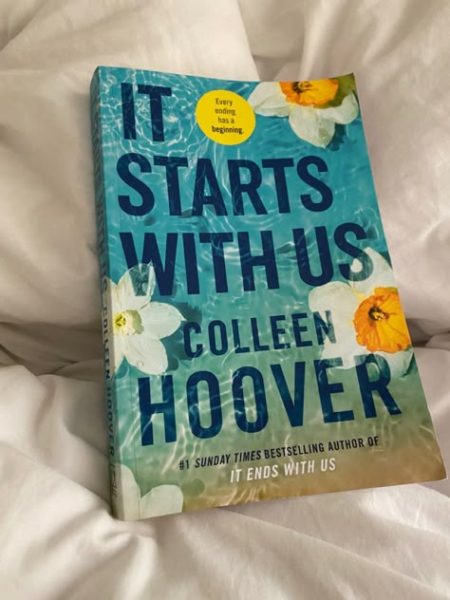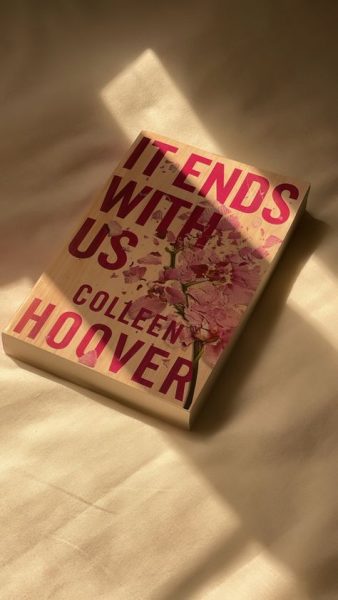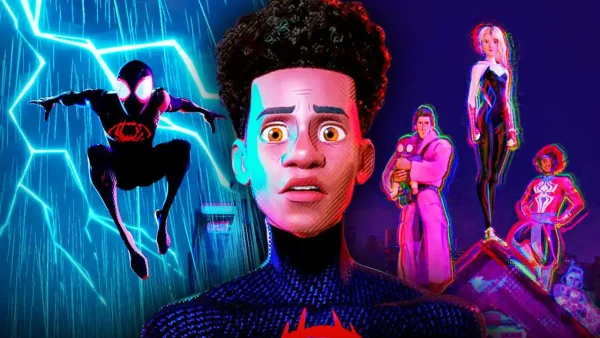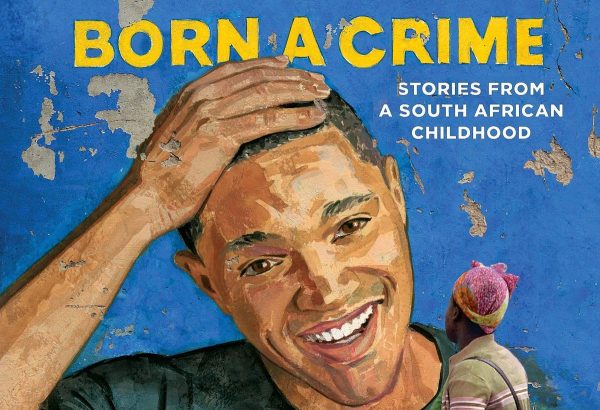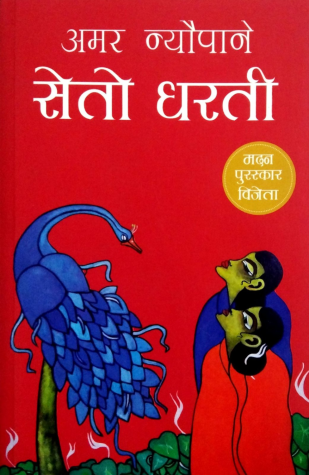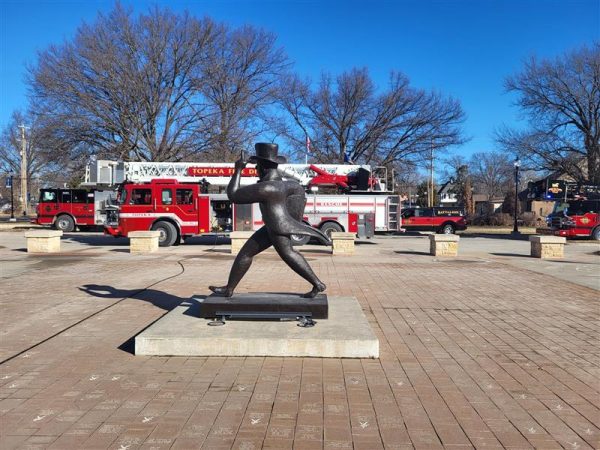iRead Lecture 2018: of the power of stories
JuliAnn Mazachek, Vice President of Academic Affairs, introduced the lecturer of this year’s iRead lecture, Timothy Egan, as being a thrilling storyteller. And he did well to prove her right, as he recounted some of the stories and traced the path of the human-made disaster in his award-winning book, “The Worst Hard Time”, a book about the “untold story of those who survived the Great American Dust Bowl,” as he likes to call it. “Stories have power, and through stories like these, we have to try and find threads that touch each of us,” said Mazachek.
“Through the book, you travel back in time,” President Jerry Farley said as he was talking about iRead’s history and this year’s book. “We get to learn about a shared experience outside of the traditional classroom.”
Egan went out to the Great Plains and interviewed the survivors, most of whom were in their 90s. He heard tragic stories of children dying of dust pneumonia and people and was privy to the many letters and diaries people wrote during the time of uncertainty. The book tells a story of human perseverance and resilience, a story of the rise and fall of economics, and a story of humans creating the conditions for their own demise.
The book explores how the beautiful grasslands of the Great Plains were ravaged by an environmental disaster, which was the result of human exploitation of the land. After the US government corralled the Native Americans into other states, the people who took their place—a mosaic of persecuted German-Russians and poverty-stricken whites—reaped the lands for the plantation of wheat. They also drilled into the ground for water. This endeavor meant that the prices of wheat shot up, but this economic bubble popped, and the bank loans these people had taken had to be repaid by more exploitation of the land to yield wheat. However, their efforts were in vain, as the stock-market crash brought on the Great Depression.
Just to make things worse, the earth started turning against the people who inhabited the plains. The dust-packed winds wreaked havoc on Western Small towns and brought a drought with it. People had to resort to eating roadkill. They had to give up their children because they couldn’t provide them with a safe life. People always wonder why the nesters, the people who stayed, didn’t move. Egan provided a possible answer: The people who moved to escape the draft in Russia had a history of persecution, and for the first time they had found stability. “That piece of dirt meant something [to them],” said Egan.
Today, the expanse of the land is a patchwork of prairie lands and large tracts of desert-like areas. In the end, Egan said that the story, the parable, can be about the triumph of human resilience. These stories, especially ones bringing into light the unheard voices, connect us, and hearing about them only increases our understanding of humanity.
Your donation will support the student journalists of Washburn University. Your contribution will allow us to purchase equipment and cover our annual website hosting costs.




